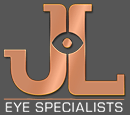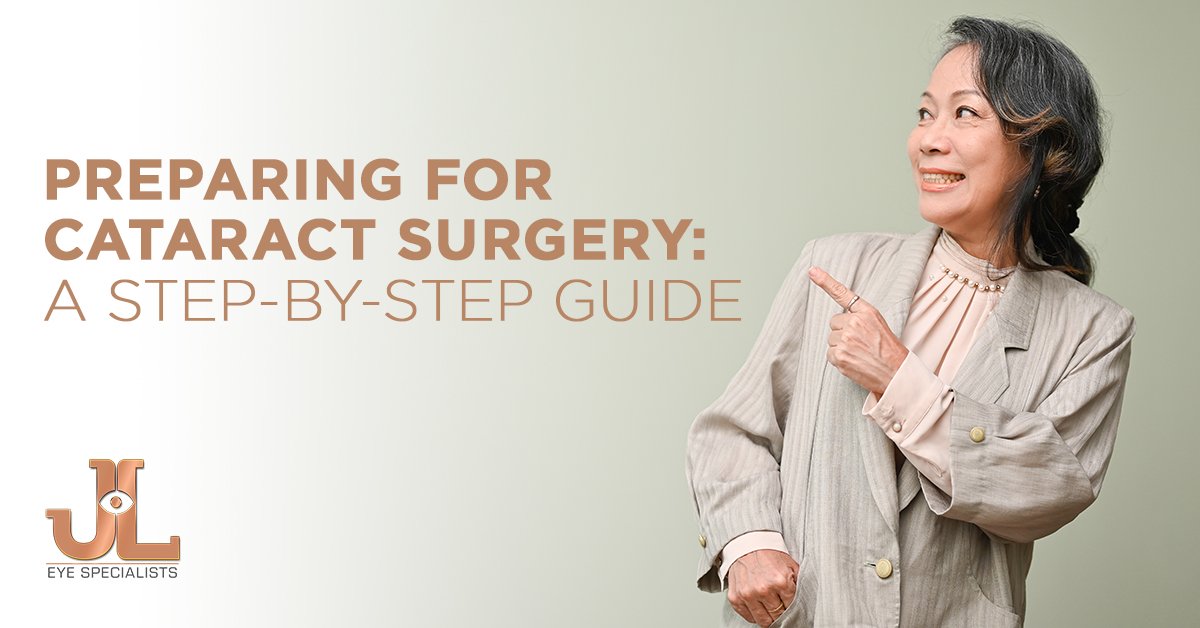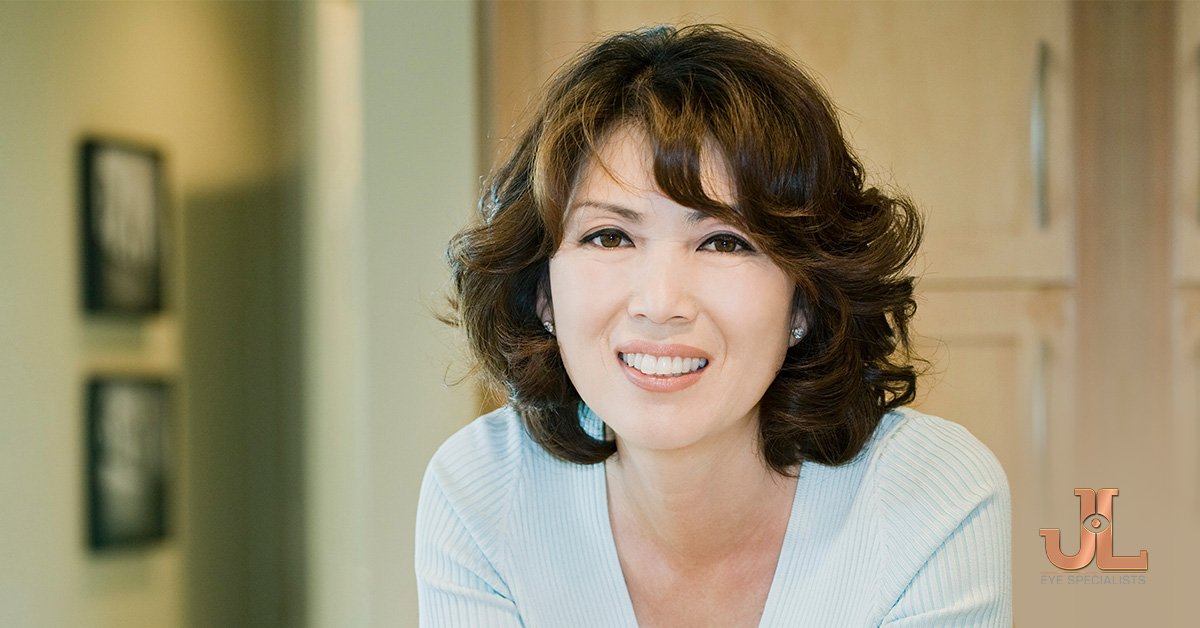MODERN CATARACT SURGERY EQUIPMENT & LENS TECHNOLOGY

Enhancing Cataract Surgery in Singapore with Advanced Tools and Lens Technology
Picture a clear windshield—a representation of normal vision with a healthy lens. However, the onset of cataracts clouds this clarity, gradually tinting it yellow or brown. As cataracts form, the proteins within the eye’s lens deteriorate, causing a change in consistency and a decline in visual sharpness.
Cataract surgery, widely performed globally, entails the extraction of cloudy lenses and their substitution with artificial, transparent ones. From the very first cataract extraction procedure in 1747, marked by a success rate of about 50%, the procedure has undergone a remarkable evolution.
Presently, thanks to developments such as phacoemulsification, success rates range from 90-95%. This noteworthy progress reflects advancements in equipment, lens technology, and surgical proficiency, fundamentally revolutionising the treatment of this prevalent vision impairment.
This blog sheds light on the latest developments in cataract surgery, including advancements in equipment, lenses, diagnostic tests, and procedures. We aim to provide comprehensive insights and options, empowering you to make informed decisions about your eye health.
.
Book a consultation with Dr Jimmy Lim today.
Technological Evolution in Cataract Surgery
Cataract surgery has evolved remarkably from ancient blunt instrument techniques to sophisticated modern procedures. An ancient method called “couching” is focused on pushing the cataract out of the field of vision, while the extracapsular extraction technique emerged in the 18th century as a standard approach. The introduction of intraocular lenses in 1949 revolutionised surgery by enabling the replacement of the cloudy lens with a synthetic one.
Charles Kelman’s pioneering work in 1967, introducing phacoemulsification, marked a revolutionary shift in cataract surgery. This method uses ultrasound to fragment the lens into miniscule bits, to be extracted through a tiny cut—dramatically reducing incision sizes from 10mm to less than 3mm.
Today, cataract surgery is highly successful and commonly performed worldwide, with ongoing innovations enhancing outcomes and improving patients’ vision and quality of life.
Read: Comprehensive Guide to Cataract Surgery Recovery: What to Expect
Modern Cataract Surgery Equipment
Modern cataract surgery has evolved with various advanced tools and technologies to improve precision, safety, and patient outcomes. Here are some of them:
-
PHACOEMULSIFICATION SYSTEMS
Phacoemulsification machines are central to modern cataract surgery. These systems utilise ultrasonic energy to emulsify and aspirate the cloudy lens through a tiny incision. Phacoemulsification enables surgeons to perform minimally invasive cataract removal with faster recovery times and reduced risk of complications compared to traditional methods.
-
SURGICAL MICROSCOPES
During cataract surgery, surgical microscopes offer a detailed view of the eye’s internal structures with high resolution. These modern microscopes come with sophisticated optics, adjustable magnification, and bright illumination, empowering surgeons to execute precise manoeuvres with improved clarity and control.
-
OPHTHALMIC IMAGING SYSTEMS
Optical coherence tomography (OCT) and other imaging systems give surgeons a real-time view and measurement of the eye’s anatomy during surgery. These imaging technologies offer detailed cross-sectional images of the cornea, lens, and other eye structures, helping surgeons plan treatments and make decisions during surgery.
-
INTRAOPERATIVE ABERROMETRY DEVICES
Intraoperative aberrometry systems allow real-time measurement of eye refractive error during cataract surgery. By providing accurate data on the eye’s optical characteristics, these devices help surgeons select the appropriate intraocular lens (IOL) power and optimise postoperative visual outcomes.
-
HIGH-SPEED FLUIDICS SYSTEMS
High-speed fluidics systems maintain stable intraocular pressure and facilitate efficient irrigation and aspiration of fluids during surgery. These systems help create a clear surgical field, minimise intraoperative fluctuations in pressure, and enhance the safety and efficiency of cataract surgery.
Looking for Cataract Surgery in Singapore?
Modern Lens Technology
Modern cataract surgery offers various lens technologies to provide patients with improved vision and reduce dependency on glasses after surgery. These include:
-
HIGH-SPEED FLUIDICS SYSTEMS
These are the classic choice for cataract surgery. Monofocal IOLs provide clear vision for near, intermediate, or distance vision at a single focal point. However, depending on the focal point, you may still require glasses for certain activities, like reading or driving.
-
MULTIFOCAL INTRAOCULAR LENSES
Multifocal IOLs are versatile lenses that offer clear vision at multiple distances—near, intermediate, and far. They achieve this by using different zones or rings to focus light from various distances onto the retina, reducing your dependence on glasses for most activities.
-
TORIC INTRAOCULAR LENSESAWDAWD
For those with astigmatism, toric IOLs are the answer. These specialised lenses have different powers in different meridians, correcting the irregular curvature of your eye and giving you clearer vision without astigmatism.
-
EXTENDED DEPTH OF FOCUS (EDOF) INTRAOCULAR LENSES
EDOF IOLs are the newer type of lens technology. They offer a continuous range of vision from close-up to intermediate distances, reducing your need for glasses in activities such as reading and using digital devices.
-
ASPHERIC INTRAOCULAR LENSES
Aspheric IOLs are designed to mimic the natural shape of the eye’s lens, providing enhanced contrast sensitivity and reducing aberrations compared to traditional spherical lenses. These lenses can improve visual quality, especially in low-light conditions.
.
Meet our Medical Director: Dr Lim Wei Kheong Jimmy
MBBS, MMed (Ophth), MRCSEd (Ophth), FRCSEd (Ophth), FAMS
Looking for Cataract Surgery in Singapore?
Before anything else, consult with an experienced eye surgeon who can provide professional medical guidance tailored to your unique needs. It is also advisable to familiarise yourself with the entire surgical process, from pre-operative preparation through to post-operative care, to fully understand what to expect at each stage. Your surgeon will explain the potential risks and benefits of the procedure and will be available to address any questions or concerns you may have.
At JL Eye Specialists, we are recognised for our expertise in cataract surgery and a broad range of ophthalmic services. We offer a holistic approach to care, ensuring that each patient receives personalised attention throughout their treatment.
Our Medical Director, Dr. Jimmy Lim, is a seasoned ophthalmologist with extensive experience in managing cataracts, performing refractive surgery (LASIK), and treating corneal conditions. With previous senior consultancy roles at the National Healthcare Group Eye Institute and advanced fellowships in both the United States and Switzerland, Dr. Lim brings over 20 years of experience and a deep reservoir of knowledge to our clinic.
If you have any concerns regarding cataract surgery, we invite you to schedule a consultation or contact us at 6258-8966 for more detailed assistance.






